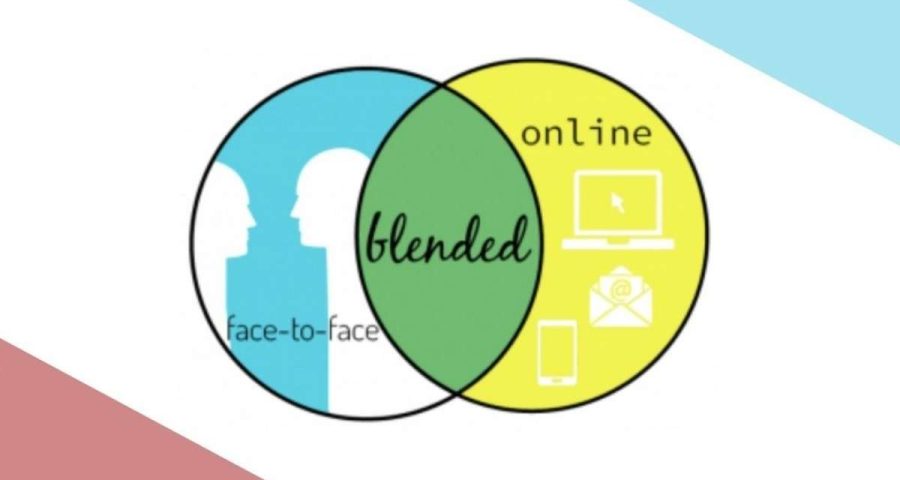After the challenging times of 2020, many individuals and organisations have been forced to reassess what our modus operandi is and what the “new normal” will be. In addition to how we work, one of the key areas of self-assessment is how we learn. With the option of purely face to face classroom based sessions, no longer being as viable, blended learning has become a mode of learning and development which everyone is adapting to.
While there is no universal definition, it can be defined as a hybrid teaching and learning methodology which involves the integration of traditional classroom methods and technology. It has become the foundation of student and facilitator interaction and an enhanced learning experience.
Features of Blended Learning
- Flexibility
- Time efficiency and time management
- Enhanced learner and facilitator experience
- 24/7 access to learning resources
- More responsibility and ownership of learning
- Reduction of training costs
- Accessibility of training options to students across the globe
- Includes all learning styles
Advantages of Blended Learning
Educational institutions in the Middle East and beyond are fast adapting to the needs of millennials who prefer blended learning with the increasing technological advances of ease, blended learning is changing the rules of the game. Studies show that schools and universities within the region will have 50% of their classes online by 2023. Students, irrespective of age and vocation, feel that their learning experience is enhanced. Another major advantage of blended learning is developing and nurturing collaboration amongst students. The main aim of is to integrate the benefits of classroom based and e-learning. It really is bridging the gap between collaboration versus self-learning.
With the pandemic disrupting the workplace and demanding that businesses be run and education be uninterrupted, we have learnt to adapt. Consequently, organisations globally are facing significant belt tightening, which translates to a preference for blended learning – it’s flexible, time and cost efficient. Students prefer 90 min sessions and bite sized sessions which is more convenient. Social media platforms such as LinkedIn have multiple topics of interest for professionals on their LinkedIn Learning programme which has 90min sessions split over 7-10 min chapters which students can revisit.
In Summary
Learning styles and preferences are changing and there is a considerable shift from purely classroom based sessions to blended learning. Technology is changing at a very rapid pace and we must adapt. In this vein, organisations and individuals alike must see and acknowledge the benefits.
Oakwood International have introduced blended learning programs which support our alumni, current and future student’s learning journey. It ensures that these opportunities still exist those who can’t train face-to-face. To find out more, please visit www.oakwooddubai.ae/qualifications/






